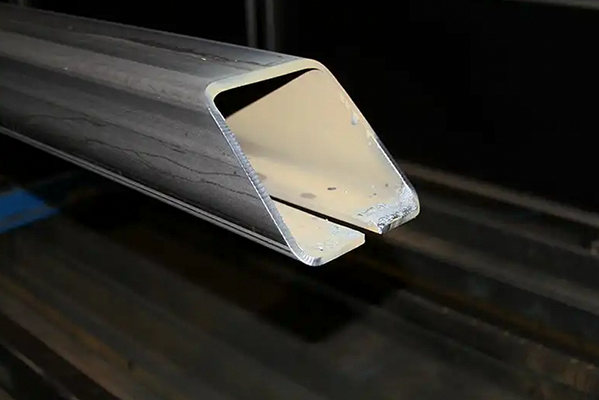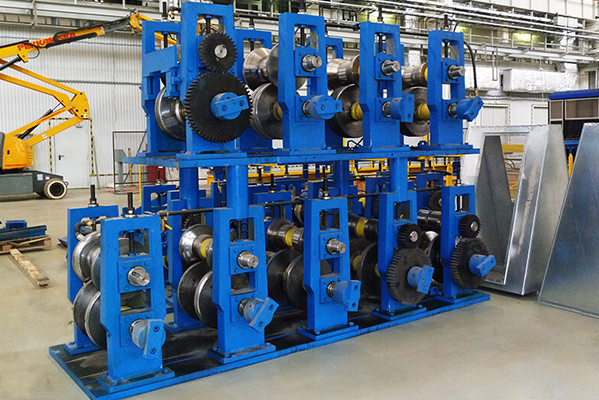Navigation Menu
Contact Us
- Email:
- info@wxavatar.com
- Address:
- Yurong Village, Yuqi Street, Huishan District, Wuxi, China.
Release Date:Jul 20, 2025 Visit:37 Source:Roll Forming Machine Factory
The custom roll forming industry is undergoing significant transformation as new technologies and manufacturing approaches emerge. These innovations are enhancing precision, efficiency, and adaptability in metal forming processes. Below are key advancements influencing the future of custom roll forming machines.

1. Advanced Automation and Robotics
Modern roll forming machines increasingly integrate automation to streamline production. Robotic arms assist in material handling, reducing manual labor and minimizing errors. Automated quality control systems use sensors to detect defects in real time, ensuring consistent output.
2. AI-Driven Process Optimization
Artificial intelligence (AI) is being applied to optimize roll forming operations. Machine learning algorithms analyze production data to adjust parameters dynamically, improving material usage and reducing waste. Predictive maintenance powered by AI also helps prevent unexpected downtime.
3. High-Precision Servo Technology
Servo-driven roll forming machines offer superior control over speed and positioning. This technology allows for rapid adjustments, enabling manufacturers to produce complex profiles with tighter tolerances. The result is higher accuracy and faster setup times.
4. Modular and Flexible Design
Manufacturers are adopting modular roll forming systems that can be quickly reconfigured for different profiles. This flexibility reduces changeover time and supports small-batch production, catering to diverse customer demands.
5. Enhanced Material Compatibility
Innovations in tooling and machine design allow roll forming machines to process a wider range of materials, including high-strength alloys and coated metals. This expands application possibilities in industries such as automotive, construction, and aerospace.
6. Digital Twin Technology
Digital twins—virtual replicas of physical machines—enable operators to simulate and test forming processes before production. This reduces trial-and-error costs and accelerates development cycles for custom profiles.
7. Improved Energy Efficiency
Newer roll forming machines incorporate optimized drive systems and reduced friction components, leading to lower operational costs. While not the primary focus, these improvements contribute to sustainable manufacturing practices.

Conclusion
The future of custom roll forming machines is being shaped by automation, AI, servo technology, and flexible manufacturing solutions. These innovations enhance precision, efficiency, and adaptability, ensuring the industry remains competitive in evolving markets. As technology continues to advance, roll forming processes will become even more sophisticated, meeting the growing demand for high-quality, customized metal profiles.